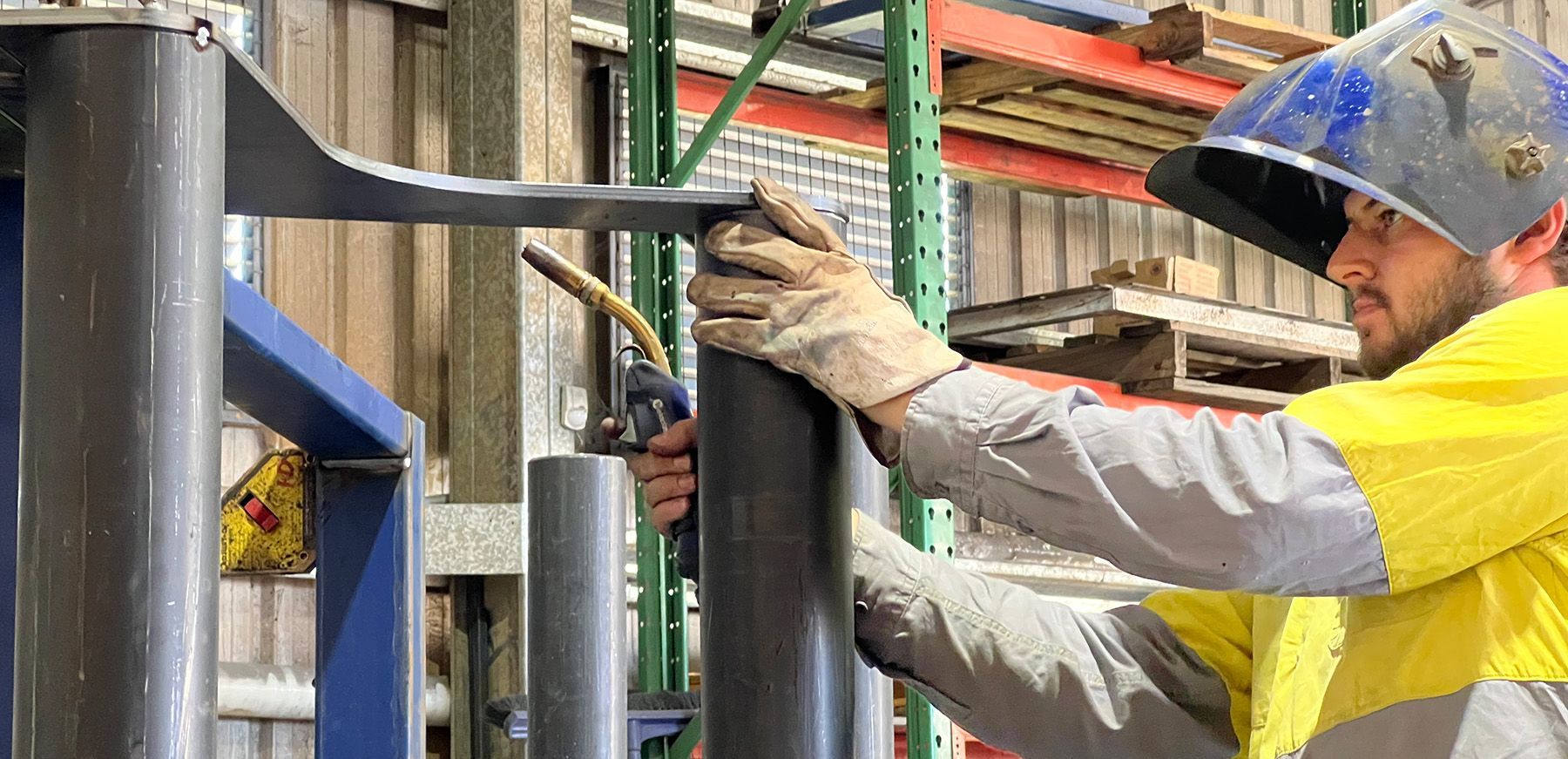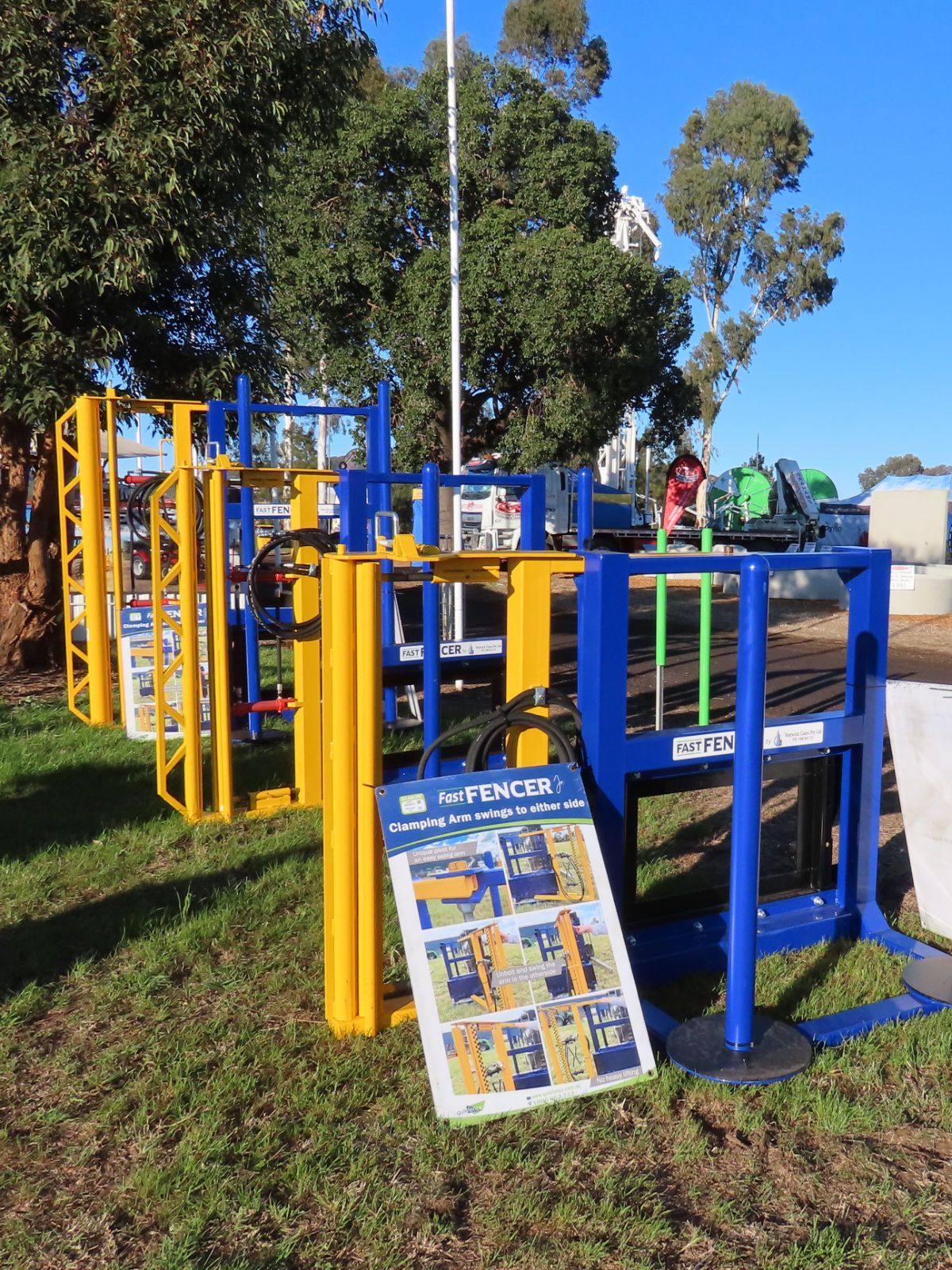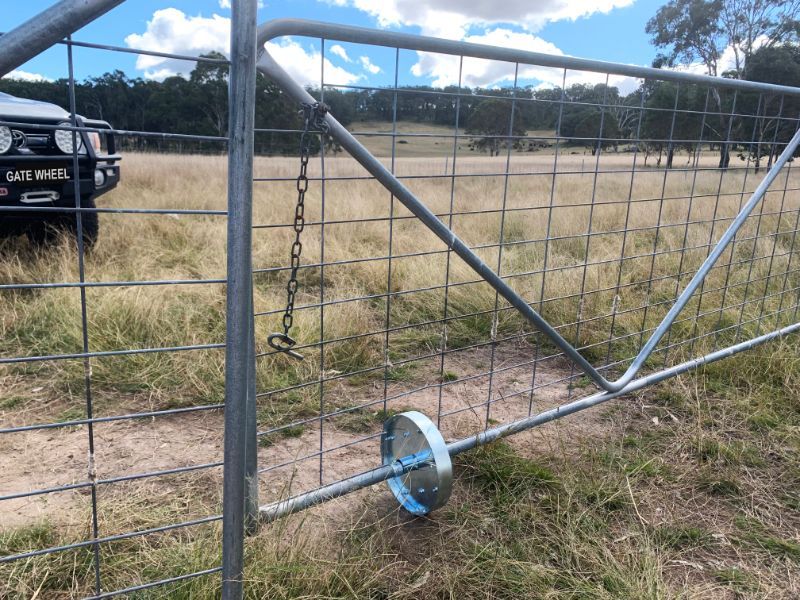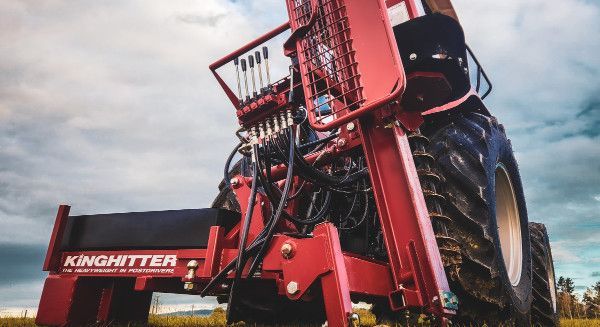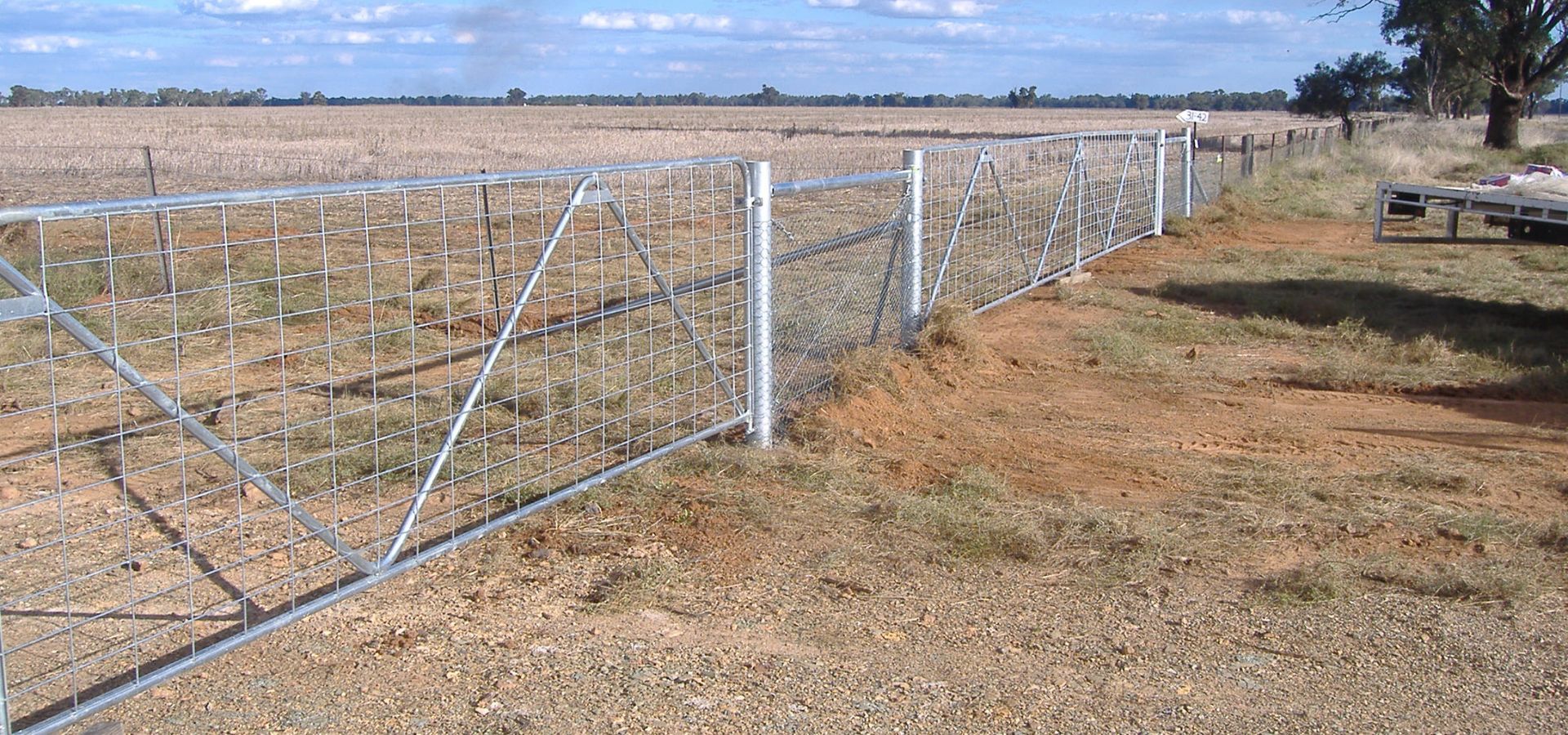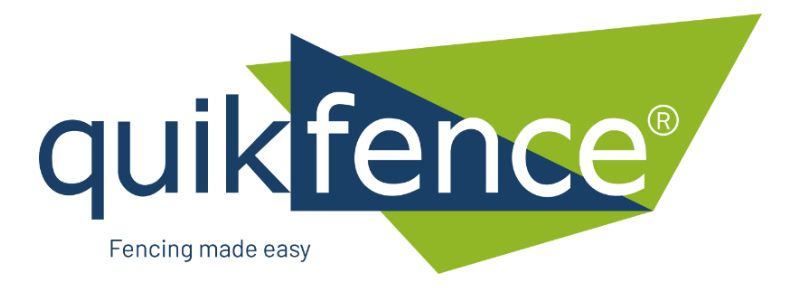Farm Fencing Key Considerations for Effective Installation

Farm fencing has been an integral aspect of agriculture management and rural living for generations. Across the vast landscape of Australia, where expansive farmland stretches as far as the eye can go, effective fencing installations cannot be overlooked. These sturdy and enduring barriers not only protect but also play their role in maintaining the integrity of your agricultural operations and preserving the natural landscape.
The agricultural fencing suppliers in Australia understand the unique challenges and opportunities presented by the regional farmland and weather. They adopt a proactive approach in providing the best of the rural fencing machines, so the farmers can ensure safety, security, and sustainability of their everyday operations. Whether it’s navigating how to start your fencing project, choosing fencing material, or erecting the fences right away according to your requirements, QuikFence can help you. This blog aims to provide comprehensive insights and practical advice for farmers looking to invest in fencing.
What to Consider Before Fence Installation?
1.Make sure you have the correct boundary dimensions
Know your boundary of farmland before making any fencing installation, as a minor mistake could force you to remove all the fencing arrangements.
2.Know the national and local policies
As an Australian farmer, you need to ensure that your fencing and protection comply with federal or state standards and policies. Policies may differ based on who your neighbours are, the state you are in, national parks or local government. So, before even starting the project, make sure you have the right information and that the installation does not violate any policy.
3.Take time in choosing the material
It is important to know what fencing material would suit your requirements as numerous options are present in the market. Right fencing material depends on its use and functionality. Steel fencing is deemed to be the most suitable when being used in agricultural fencing.
4.Don’t forget the fence gate
If your fence is supposed to be used, installing a gate makes it easy to access the enclosed property. Make sure that the gate material and build match the fencing. It is best to choose the gate with the fences.
5.Childproof everything
Children have a curious nature and they often wander around without any adult supervision. Your fences and fence gate should be childproofed to avoid any unfortunate accidents.
6.Set a budget to avoid overspending
The effectiveness of your fence also depends on the amount of money you are willing to invest. But, if you are not careful and don’t have a specific figure in mind, the expense could jump through the roof. Set aside a fencing budget beforehand to make the rest of the process go smoothly.
7.Consider Professional Installation or the DIY approach
When it comes to fencing, deciding between hiring a professional contractor or taking a DIY approach with QuikFence machinery is essential. QuikFence offers a range of high-quality machinery for installing fence wires and posts. Hiring these equipments can be a cost-effective solution, allowing you to overcome long wait times and ongoing costs with hiring contractors. Alternatively, hiring a fencing contractor ensures the job is done correctly the first time, with many professionals using equipment sourced from QuikFence. Whether DIY or professional installation, QuikFence provides the tools needed for successful fencing projects.
Why is Fencing Important?
Common reasons why property owners invest in fencin and why you should too
- Safety & Security:
Fencing plays an important role in providing security and safety to your livestock and crops. A fenced farm is less likely to get targeted by intruders, predators, and trespassers as it gives them the idea that the property is protected and off-limits for them.
- Improves Privacy:
Fencing creates a separation between your property and the outside world, allowing you some level of privacy on the farm. Secluded from neighbours or passersby, you provide your animals with a peaceful environment.
- Establishes Boundary:
Avoid any property or boundary-related disputes by installing fencing across your property. Create a partition to define property lines and ensure clarity and a healthy relationship with people you share your boundary with.
- Dedicated Partition
Divided dedicated space in your farm to ensure the peacefulness of your animals. Mixing large breeds with smaller ones can cause a risk of injuries. It is better to install fences and enclose same-breed animals together.
Investing in effective fencing installations is essential for protecting your farm, livestock, and livelihood. By considering these key factors and prioritising safety, security, and functionality, you can ensure your fencing project meets your needs and enhances the overall efficiency of your operation.
Getting the Best Out of Your Fences
In order to get the most out of your fencing, you should keep a constant eye on these factors that could affect your fence’s durability and efficiency.
- Terrain & Landscape
The terrain and landscape of the region where your farm is located determines the most suitable fencing design as well as the installation process. Make sure that the elements such as slope, soil type, and vegetation of Australian land are put into perspective to ensure the stability and efficacy of fencing.
- Weather Resistance
Weather can take a toll on your farm fences, choosing fencing material and coatings that are resistant to prevailing weather conditions of your region is the best practice.
- Wildlife Management
Keep feral pests away from your farm and livestock by making sure the right type of fencing is installed. What is the right type of fencing? It essentially means analysing the region you are in and making sure that the local ferals are kept at bay from destroying your crops or causing any injuries to humans or livestock.
- Future Expansion & Maintenance
One should always plan ahead, even when it comes to fencing. If you are planning to expand or downsize your operations, a modular or scalable design should be best to accommodate these changes. Regular maintenance keeps your fencing upright, while inspections tell you when it is time to replace or upgrade the fences.
Addressing these additional factors will level up your fencing project. Careful planning, investment, and maintenance of the fences are key to long-lasting protection and security of your property and livestock. Connect with professionals to know more about fencing benefits.
The body content of your post goes here. To edit this text, click on it and delete this default text and start typing your own or paste your own from a different source.

